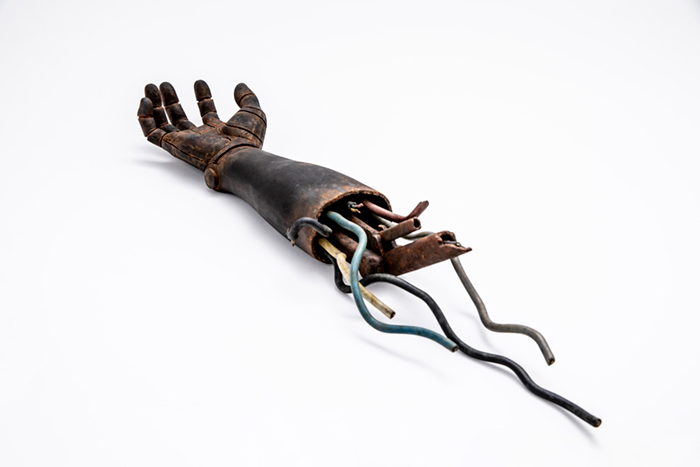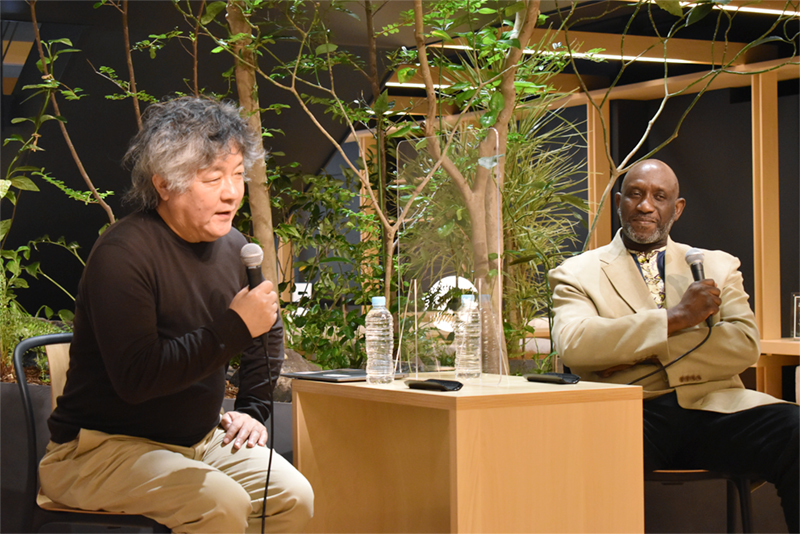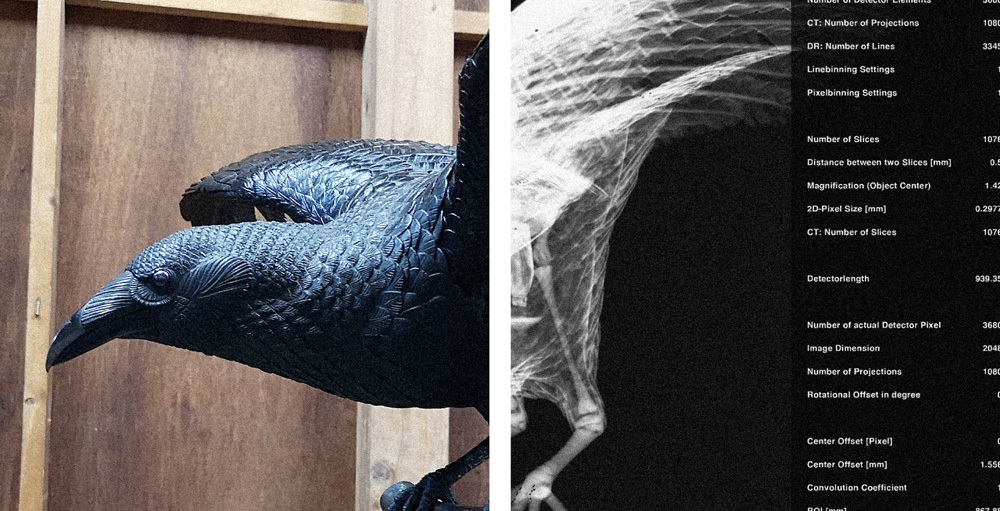Note: This website was automatically translated, so some terms or nuances may not be completely accurate.
Kenichiro Mogi discusses "craft"?

An event questioning the value of KOGEI (crafts) will be held over two days, November 5th and 6th, in Roppongi (see the link at the end of this article for details).
At the event, neuroscientist Kenichiro Mogi and experts from various fields will thoroughly discuss the potential inherent in "craft." Antique dealer Kanegae, previously featured in Web Dentsu Inc., is also a central figure in this event. We couldn't ignore this, so we decided to write an article about it.

When considering what Japan can proudly present to the world, "crafts" are indispensable. Manual dexterity, delicacy, artistic quality... in every aspect, they are truly world-class, even in this vast world.
However, compared to something relatively easy to monetize like anime, what about "crafts"? While everyone acknowledges their value, would you just tap away on your smartphone to buy them? It doesn't really feel like that. So-called sponsors are also hard to come by.
That's the point. But good things are good. I believe the essence of this event is to make us realize that. I'd like to explore this idea further using a past article by Kenichiro Mogi, one of the speakers at the event.
Web Dentsu Inc. Editorial Department
My encounter with Mr. Mogi occurred at the event "engawa Serendipity day" hosted by Kyoto engawa. He participated in a discussion with Usubi Sako, President of Kyoto Seika University, on the theme "What is a community that fosters co-creation?"
The core of Serendipity, as reflected in the event's title, is "co-creation."
It may seem like stating the obvious, but it's "co-creation," not "competition." Mr. Sako, who effortlessly switches between English, French, Chinese, Bambara, and even Kansai dialect, explained this mechanism from a global perspective.

When asked by Mr. Mogi, "Weren't you exceptionally good at studying since childhood?", Mr. Sako replied, "I did the necessary studying, plus more than my fair share of playing." Though specializing in spatial anthropology, Mr. Sako originally worked in architectural planning. The "Manga Department" he founded at Kyoto Seika University would later evolve into the "Faculty of International Culture." "When you really delve into what academia is, no matter which angle you approach it from, you inevitably end up at anthropology," says Sako.
From that perspective, Kyoto within Japan, and the people living there, hold particular fascination for Sako. "Kyoto people are extremely sensitive to space. This is true both from an architectural viewpoint and in terms of interpersonal distance. Where does consideration end and rudeness begin? That razor-thin line is incredibly interesting."
The perspective Mogi drew out from Sako also connects to "craft." Where does art end and industrial products begin? That line is difficult to draw. Yet, in everyday items—even something like a pot—if we find it appealing or beautiful, art is always present. Merely being convenient or easy to use doesn't truly satisfy our hearts.
If this interests you, please visit the "KOGEI Next" exhibition on November 5th and 6th.

For details on the "KOGEI Next" exhibition (November 5-6, at Hills Cafe/Space in Roppongi Hills), organized by Kogae Antiques and Cross Tech Management, click here.
Was this article helpful?